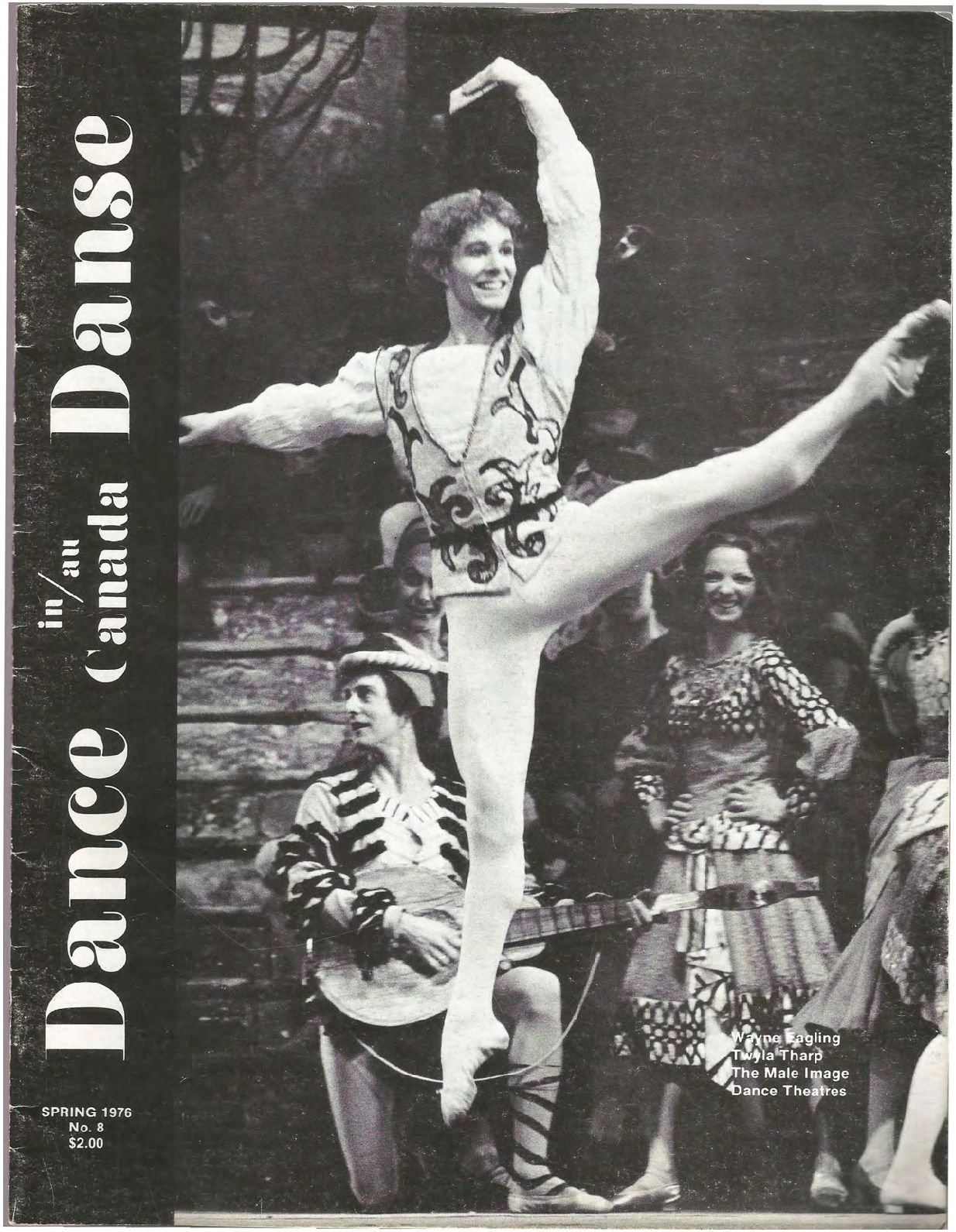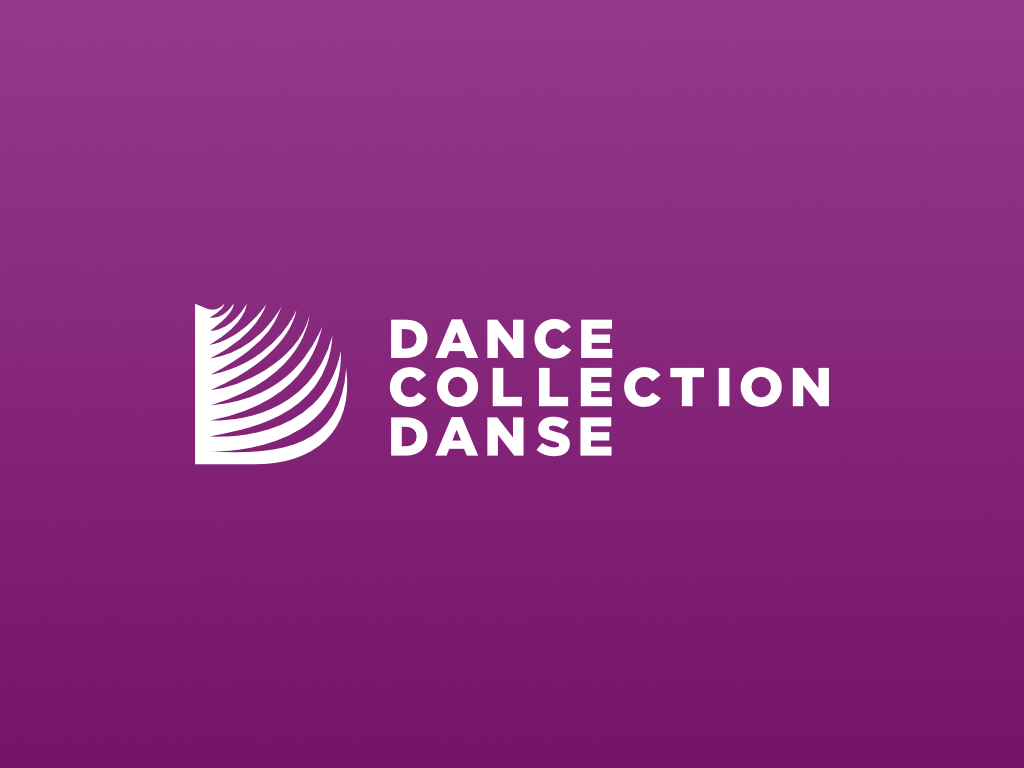Dance in Canada Magazine Number 8, Spring 1976
Added 29th Apr 2021 by Beth Dobson (Archives and Programming Assistant, DCD) / Last update 20th Feb 2022
The description of this Item
Contains the following articles:
- Editorial by Susan Cohen
- Brass Foundry to Dance Lab by Susan Swan
- The Little Church Around the Corner by Elizabeth Zimmer
- Wayne Eagling: A Dancer Prepares by Penelope B.R. Doob
- Profile: Twyla Tharp by Nancy Goldner
- Meditations on the Male Image by Penelope B.R. Doob
- Review by William Littler
- Noticeboard
- Letters from the Field
The collections that this item appears in.
Tag descriptions added by humans
Choreography
Toronto
Vancouver
British Columbia
Ontario
Ballet
Susan Cohen
Modern Dance
Education
Schools
Brian Macdonald
Fernand Nault
Ludmilla Chiriaeff
William Littler
Les Grands Ballets Canadiens
National Ballet of Canada
Erik Bruhn
Veronica Tennant
Agents
Ann Ditchburn
Elizabeth Zimmer
Penelope Doob
Dance History
Teachers
Auguste Vestris
Brydon Paige
Christopher Wooten
Constantin Patsalas
Fernando Bujones
Frank Augustyn
Frank Bourman
Gary Norman
Igor Youskevitch
James Kudelka
Kenneth MacMillan
Lawrence Adams
Lesley Collier
Merce Cunningham
Miriam Adams
Nancy Goldner
Paul Taylor
Paula Ross
Pierre Mercure
Rudi van Dantzig
Rudolf Nureyev
Seda Zaré
Susan Swan
Terry McGlade
Tomas Schramek
Twyla Tharp
Vaslav Nijinsky
Wayne Eagling
15 Dance Laboratorium
Ballet Trockadero de Monte Carlo
Paula Ross Dancers
Paylychenko Dance Company
Royal Ballet
Vancouver East Cultural Centre
Visus Foundation
Artere
Cantate pour une Joie
Colonel Sanders
Coppelia
Day in the Life of a Brick
Deuce Coupe
Eight Jelly Rolls
La Sylphide
Kisses
Liberté tempérée
Monument for a Dead Body
Monument for a Dead Boy
Push Comes to Shove
Romeo and Juliet
Sue's Leg
Swan Lake
Symphony in 75
The Bix Pieces
The Fugue
The Sleeping Beauty
Composers
Interpretation
Men in Dance
The Brinson Report
Description of the objects in this Item
01/04/1976
Magazine
Dance in Canada Magazine Number 8, Spring 1976
Dance Collection Danse
DCD's accession number for this Item. It is the unique identifier.
Auto-generated content
Tag descriptions added automatically
Auto-generated identification of objects in this Item
An autogenerated description of this Item
Auto-generated number of faces in the Item

